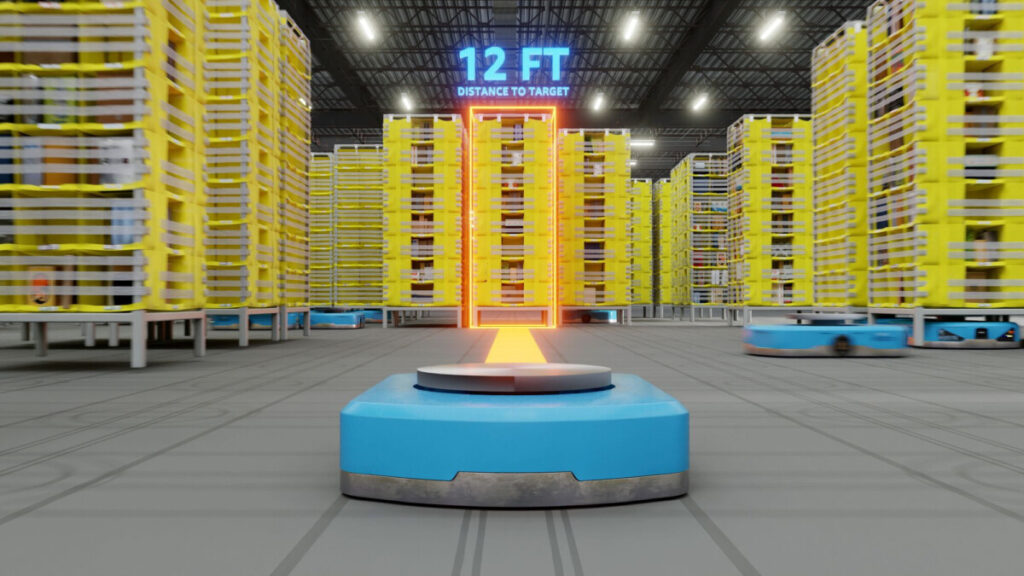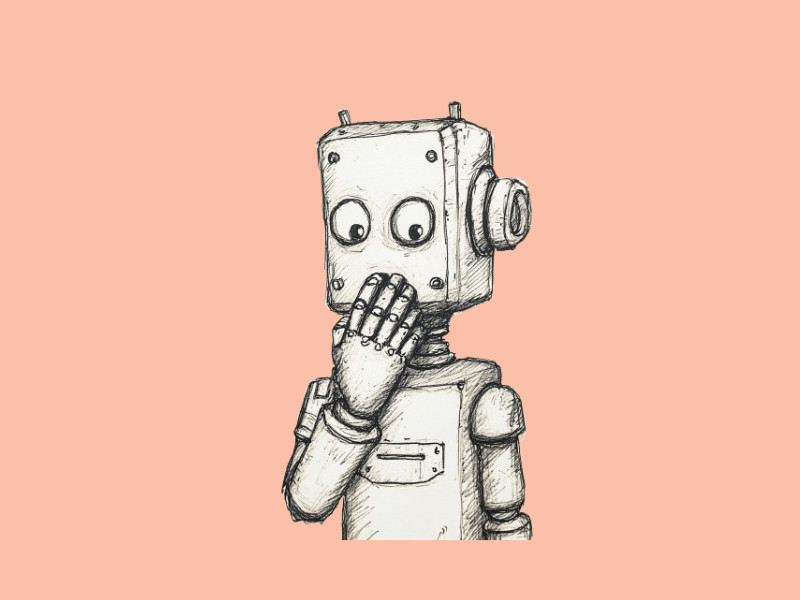Amazon just hit a major milestone, and it’s not about packages or profits.
The tech giant now has 1 million robots working in its warehouses. Yep, you read that right. A million.
Let’s break down why this matters, what it means for the future of work, and how Amazon’s new AI tool is shaking things up behind the scenes.
What Does 1 Million Robots Actually Look Like?

Credit:Amazon
It’s hard to picture a million of anything. But imagine this:
- 1 million robots = enough to fill 14 football fields.
- That’s nearly one robot for every Amazon worker.
- And they’re not just in the U.S. – the millionth robot landed in Japan.
So, if you’re ordering something on Amazon, chances are a robot had something to do with getting it to your door.
Humans vs. Robots: Are We Headed for a Tie?
Here’s where things get interesting.
According to The Wall Street Journal, Amazon might soon have as many robots as human employees in its warehouses. Right now, about 75% of global deliveries involve some kind of robotic help.
Amazon’s New Brain: Meet DeepFleet
To make their robot army even more efficient, Amazon just dropped a new generative AI model called DeepFleet.
Think of it like GPS on steroids, but for warehouse robots.
Here’s what DeepFleet does:
- Plans better routes for robots inside the warehouse.
- Speeds up robot movement by 10%.
- Keeps everything running smoother than ever.
And yep, it was built using Amazon SageMaker, which is Amazon’s own AI-building toolkit on AWS.
Fun fact: DeepFleet was trained using real Amazon data from actual warehouses. It’s like giving the robots street smarts.
The Evolution of Amazon’s Robots
Let’s rewind for a second.
Back in 2012, Amazon bought Kiva Systems, which kicked off its robotics journey.
Fast forward to today, and we’ve got Vulcan, Amazon’s newest, most advanced robot.
What Makes Vulcan Special?
| Feature | What It Does |
|---|---|
| Two robotic arms | One sorts items, the other grabs them |
| Suction cup & camera | Helps “see” and pick products |
| Sense of touch | Can feel what it grabs (yes, really) |
This isn’t just fancy tech.
It’s about making sure the right stuff ends up in the right box, faster and with fewer mistakes.
What About Those New Warehouses?
In late 2024, Amazon announced its “next-gen fulfillment centers” – and they’re loaded with tech.
- 10x more robots than before
- Still includes human workers
- First location? Shreveport, Louisiana
These warehouses are a glimpse into what fulfillment will look like in the future – humans and machines teaming up like a well-oiled assembly line.
So, Should We Be Worried?
Let’s address the elephant in the room: Is this bad for human jobs?
Well, it’s not so black and white.
The Pros:
- Robots handle repetitive, tiring tasks.
- Less strain on workers.
- Faster deliveries for customers (a win-win).
The Concerns:
- Will there be fewer entry-level warehouse jobs?
- How does this affect job growth in logistics?
The reality is that automation creates new types of jobs, too, like robot maintenance, AI development, and warehouse tech management.
So, while the nature of work is changing, work itself isn’t disappearing.
Albeit, Amazon recently cut jobs due to AI efficiency.
Real Life Example: A Day in the Life of an Amazon Warehouse
Imagine this:
You walk into an Amazon fulfillment center. Instead of rows of workers carrying boxes, you see small robots rolling around like high-tech vacuum cleaners.
- A robot brings a shelf to a worker.
- The worker picks the item from the shelf.
- Another robot zips off to deliver it for packing.
It’s like a choreographed dance – only faster, safer, and way more efficient.
Why This Matters Beyond Amazon
Amazon isn’t just building for itself. The tech it’s developing now could be the blueprint for how businesses everywhere run their operations.
From grocery chains to clothing brands, the ripple effect is already happening.
TL;DR: Key Takeaways
Here’s a quick summary you can skim through:
- Amazon has 1 million robots in its warehouses.
- 75% of deliveries are assisted by robots.
- New AI tool, DeepFleet, boosts robot speed by 10%.
- Vulcan is Amazon’s most advanced robot with a sense of touch.
- New warehouses are popping up with 10x more robots.
- It’s not robots versus humans – it’s robots with humans.
Final Thoughts
Amazon’s robot journey isn’t just about efficiency, it’s about rethinking how work gets done.
Whether you’re cheering for innovation or worried about job security, one thing’s clear: the future of fulfillment is already here.
So, the next time your Amazon package arrives lightning fast, just know, a robot might’ve helped make that happen.

